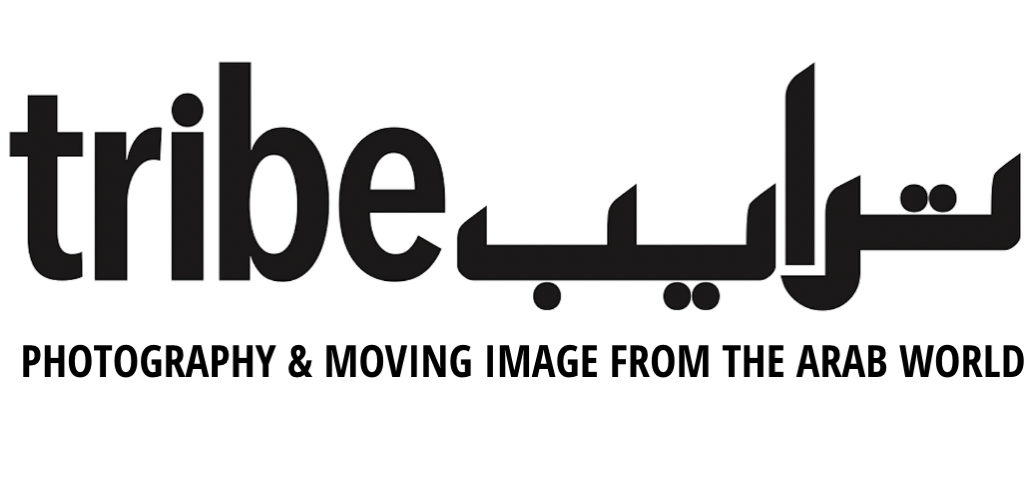Hind Mezaina: Photo Diaries
Archiving personal and collective memory
Hind Mezaina, August 2019 From the series Photo Diaries. Courtesy of the artist.
With text by Emma Warburton, arts writer and researcher. Adapted from text by the artist.
Hind Mezaina, an artist based in Dubai, while she is fundamentally a photographer, she also engages with video and collage, and is an enthusiastic proponent of the local and international art scene. Her interest in art and culture led her to create a blog four years ago that she named The Culturist. She actively maintains The Culturist. To this day, and it can be considered an extension of her art practice.
There is a strong sense of conceptual and aesthetic continuity in Mezaina’s photography work. She works exclusively in analog film, and thus her photographs share a distinctly vintage and romanticized quality. From a general perspective her projects explore themes of collective and personal memory, nostalgia, the representation of Dubai and the UAE in the media, and the relationship between landscape and personal identity. Mezaina observes, researches, collects and preserves visual artefacts and memories, not dissimilar to that of an archivist or an archaeologist of sorts.
Mezaina’s project Photo Diaries, 2019, evolved form an initial effort to make use of her neglected cameras and underdeveloped film. Selecting a different camera and film for each monthly series, the artist has shot a photo a day for every month of this year, until present. Photo Diaries is an autobiographical archive that is both observational and personal. The images narrate the artist’s movements and daily experiences, while also functioning to capture and record details of the landscape that surrounds her.
For the month of June, Mezaina paired the Contax T2 camera with Kodak ColorPlus 200 35mm film. The month includes images from both Dubai and Bologna, Italy tracing the artist’s travels. The result is a particularly beautiful series. The images are warm, as if tinted in yellow. The degree of contrast is slightly exaggerated, and the highlighted areas are subtly over-exposed. The aesthetic could be described as sunbathed, dry, and arid, and it compliments the summer scenes very effectively. The grainy quality adds a layer of nostalgia to the images, suggesting a time past. With this particular collection, Mezaina demonstrates a gift for framing and composition, we well as a unique ability to beautify the banal.
For the July chapter, Mezaina again used the Contax T2 camera, but this time with Kodak Ektar 100 film. The July diary includes photos from Bologna (July 1), Karlovy Vary (July 2-7), Antwerp (July 8-13 ) and Dubai (July 14-13 ) The images are vivid in colour and highly saturated. In contrast to the previous month’s series, these photos are acutely focused and sharp, due to the high level of contrast and the ultra fine grain of the film. Mezaina selects her subject matter wellfor this series, choosing to capture architecture and indigenous plants that lend themselves to the stark, hard-edged rendering that is achieved with this particular film. The entire series is cold in color, as if tinted in pale blue or seafoam green. Combined with a white-washed effect (a consequence of over exposure), this produces an eerie quality that compliments the still, austere scenes.
Mezaina is an intuitive and versatile photographer, and her work says a lot about her. The word ‘diary’ suggests a personal , if not intimate reflection, and this project certainly lives up to those expectations by illuminating the artist’s aesthetic tastes, cultural interests, and uninhibited artistic eye. Indeed, Photo Diaries is a visual autobiography – a record in pictures of an artist’s daily life. But there is also something universal about Mezaina’s photographs. They evoke a relatable wistfulness and sentimentality in the viewer, and draw personal memories to the surface. In the sense, Mezaina does not only capture her own memories in pictures, but the memories of all of us. And this, ultimately, makes for a very satisfying viewing experience.


